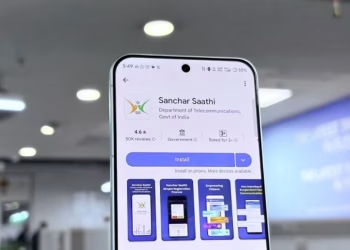Just last month, Google introduced users in 7 more countries to their Android Earthquake Alerts System. This again comes ahead of the system’s global launch. Amongst the countries with the warning enabled, the Philippines benefited from it recently.
A 6.7 magnitude earthquake hit Tingloy, Philippines yesterday. Reports by the US Geological Survey state that the earthquake struck in the early morning hours. According to Reuters, the shaking “lasted nearly a minute” and even awoke some.
Android users were notified about the approaching earthquake seconds before shaking started. The blaring of their Android phones is a proof of the system’s need and importance. Reddit and Twitter threads showered with praises for the success of the system.
How does it work?
Google used already present technology and sensors to build the “world’s largest earthquake detection network”. The traditional network of ground seismometers like the ones in California and the US West Coast wasn’t always feasible. Android also shows government-provided warnings if systems are in place.
The initial, nondestructive P-wave is detected by using your Android device’s accelerometer. This helps the alert system work. Then the device will send a city-level location to Google’s earthquake detection server. Your privacy is maintained as this data doesn’t include your zip code or street address.
Google sends a loud notification after processing and verifying the reports. The notification (as shown in the title image) will include a map, magnitude, and basic drop, cover, and hold reminders. Android tries to send this notification at least a few seconds before the arrival of the destructive S-wave.
The system is automatically enabled on Android devices. To opt-out you could go to Android Settings app > Location > Advanced > Earthquake Alerts.
Google announced the Android Earthquake Alerts System in August of 2020. There was an initial testing period after which it went live in 2 countries in April of 2021. Google plans to make the system available globally by next year. Google has already started sending updates to countries with high earthquake risks.








